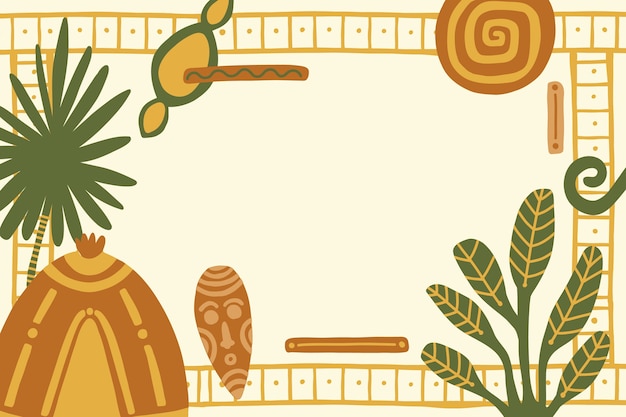Fascinating Facts about the Caddo Tribe

The Caddo tribe is a Native American tribe that historically lived in the southern Great Plains.
Their name Caddo means real people in their native language.
The Caddo tribe was known for their advanced agricultural practices and impressive mound-building skills.
They built large earthen mounds for various purposes such as burials, religious ceremonies, and housing.
The Caddo people were skilled farmers, growing crops like corn, beans, and squash.
They also hunted and fished for their food, utilizing the rich resources of the plains and rivers.
The Caddo tribe had a complex social structure with a chief who governed various clans.
They had a matrilineal kinship system, tracing their family heritage through their mothers.
The tribe had a vibrant cultural heritage, including pottery-making, basket-weaving, and beadwork.
The Caddo people believed in a wide array of spirits and practiced animism in their religious rituals.
They had a deep connection with nature and the land, which was reflected in their spiritual beliefs.
The tribe had a unique style of artwork, often incorporating intricate designs and symbolism.
Caddo women were skilled potters, creating beautiful and functional ceramic vessels.
The Caddo tribe had contact with European explorers and traders in the 16th century.
They established trade networks with neighboring tribes and European settlers, exchanging goods and resources.
Fascinating Facts about the Caddo Tribe part 2
The Caddo people were greatly impacted by European diseases and conflicts, which led to a decline in their population.
Despite the challenges they faced, the Caddo tribe continues to preserve their cultural heritage and traditions.
Caddo language is part of the Caddoan language family, and efforts are being made to revitalize and teach it to future generations.
The Caddo tribe played a significant role in shaping the history and culture of the southern Plains region.
Caddo festivals and ceremonies were important communal events that celebrated harvests, seasons, and spiritual beliefs.
The Caddo tribe had a rich mythology with stories of creation, heroes, and tricksters.
They had a strong oral tradition, passing down their history and teachings through storytelling.
The Caddo tribe had a strong sense of community, with a focus on cooperation and communal decision-making.
The Caddo people had a deep respect for the environment and practiced sustainable harvesting.
The tribe had distinct clothing styles, with men often wearing breechcloths and deerskin leggings, and women wearing wraparound skirts and blouses.
Caddo warriors were skilled in various forms of combat, including archery and spear-throwing.
The Caddo tribe had a unique ball game called tchungkee that was played on a specially designed field.
Caddo medicine men, also known as shamans, played an important role in the tribe’s spiritual and healing practices.
The Caddo people believed in the power of dreams and often looked to them for guidance and insight.
The tribe practiced communal farming, with families sharing labor and resources to ensure everyone’s well-being.
Caddo villages were often organized around a central plaza, with nearby mounds serving as ceremonial sites.
The Caddo tribe had a close relationship with the horse, which they acquired through trade with other tribes.
Caddo women were skilled in weaving intricate baskets using local materials like rivercane and palmetto leaves.
The Caddo people had a rich musical heritage, with songs and dances playing an important role in their cultural practices.
The tribe’s traditional dances often included elaborate costumes and headdresses.
Caddo warriors adorned themselves with intricate body paint, feathers, and animal hides for battle.
The Caddo tribe had a council of elders who provided guidance and wisdom to the community.
Caddo children were taught important life skills and cultural knowledge by their elders.
The Caddo tribe’s language is endangered, but efforts are being made to preserve and revitalize it through language programs and education.
Caddo art often depicted animals, nature, and spiritual symbols, capturing the tribe’s deep connection with the natural world.
The Caddo people believed in the importance of maintaining harmony and balance in all aspects of life.
The Caddo tribe had a tradition of storytelling during the long winter nights, passing down their history and teachings.
Caddo women played a central role in the tribe’s social and economic life, owning and inheriting property.
The Caddo people had a strong sense of spirituality, with ceremonies and rituals being an integral part of their daily lives.
The Caddo tribe’s history and culture are still celebrated today through powwows, cultural events, and museums dedicated to preserving their heritage.

